June, 2022
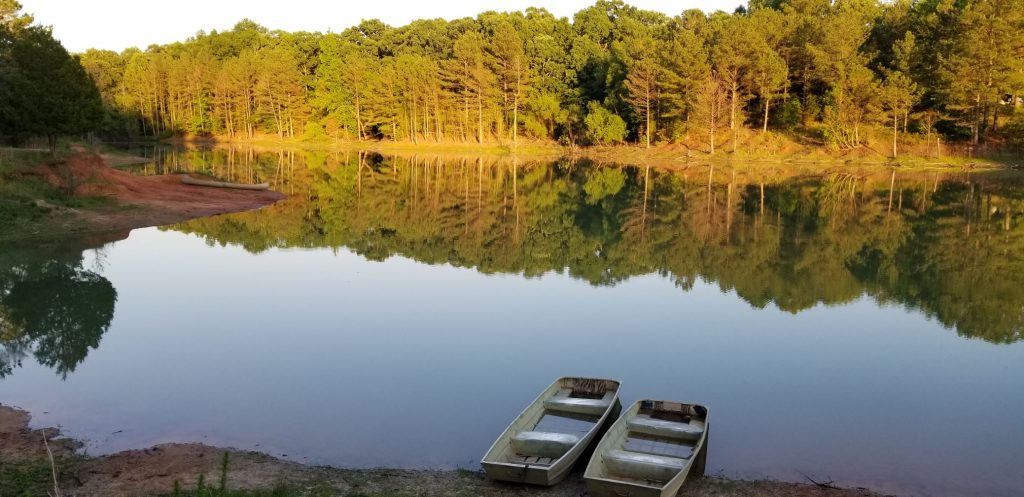
In the Western half of Tennessee we stayed at a Thousand Trails campground near the small town of Saulsbury. Nearly 40 miles away is the national historical battlefield of Shiloh, a civil war battleground. Having never visited a national battleground before, I wasn’t sure what to expect.
Shiloh National Military Park
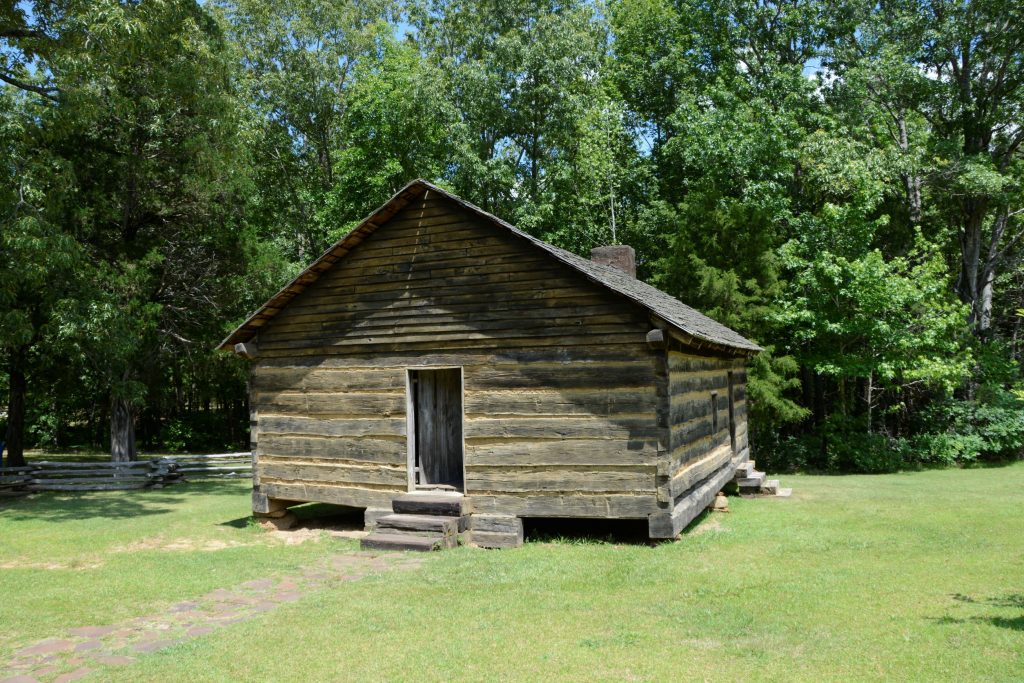
We started out at the Visitor’s Center where we watched an award winning documentary about the battle of Shiloh that took place on April 6-7,1862. The battle was named after a small church in the vicinity. Ironically, the name Shiloh means “place of peace” or “heavenly peace”. It is much more fitting today as the beautiful grounds are quiet and solemn.
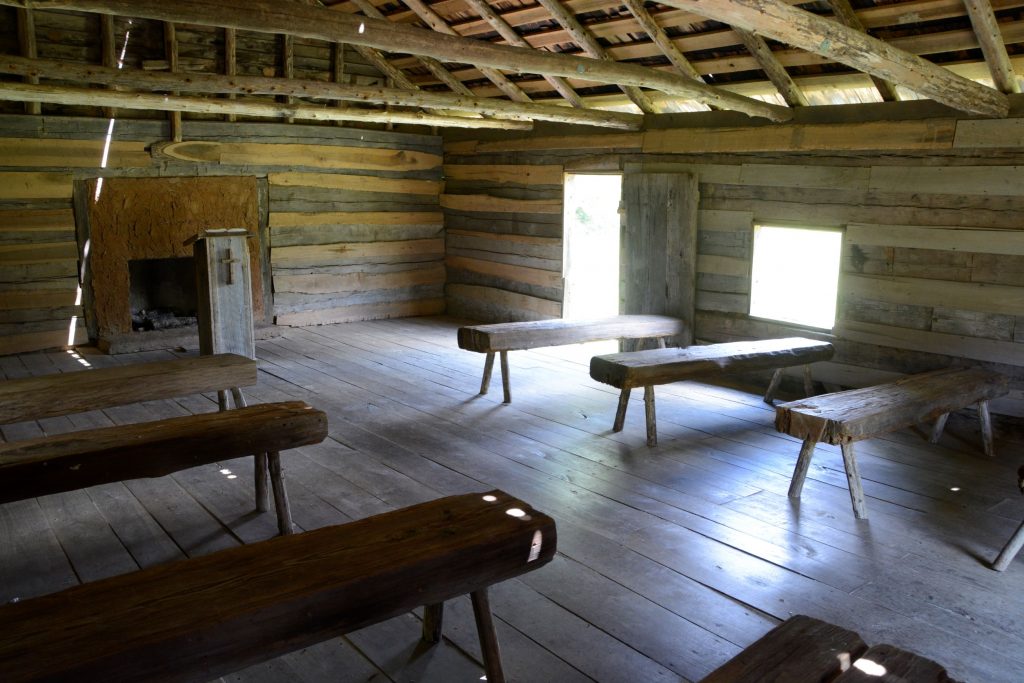
The Union Troops came south on steamboats to Pittsburg Landing on the Tennessee River. The goal was to take the Confederate’s stronghold at Corinth, Mississippi, (a few miles to the south) in order to cut the South’s supply lines. Corinth, Mississippi, was a crossroads where railway lines from the east and west met ones from the north and south. We visited Corinth and saw where these railroads crossed.
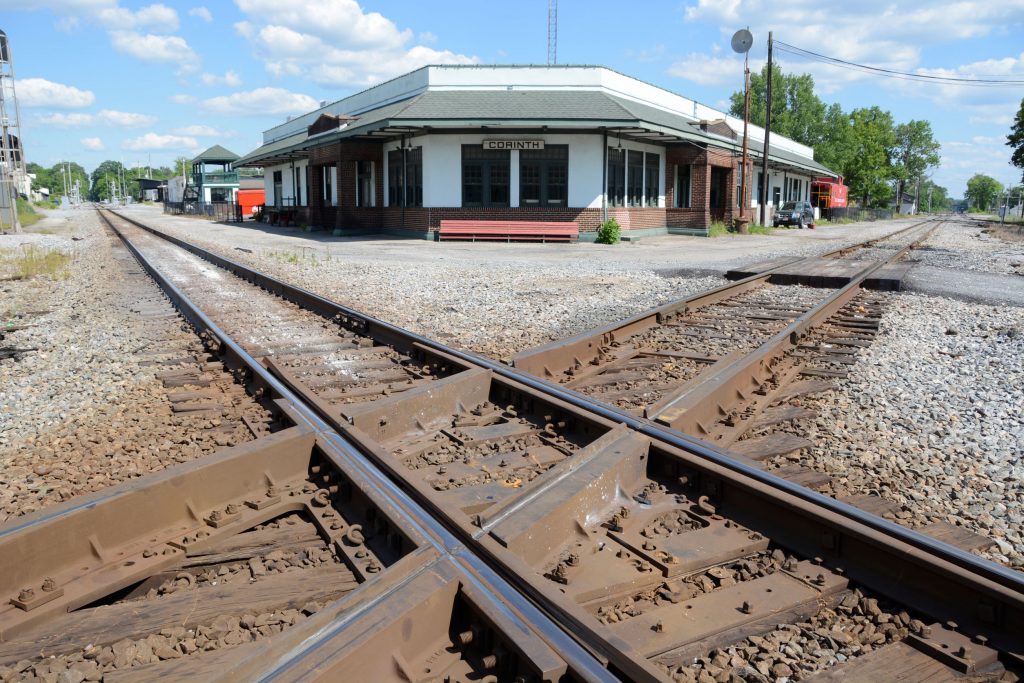
General Grant of the Union Army was waiting for Buell’s Army of the Ohio to join him. Little did Grant realize that the Confederates who he thought were in Corinth, had moved near Shiloh to launch a surprise attack.
The Confederate Army under General Johnston originally had planned to attack two days earlier. Due to a heavy rain storm that turned the roads to mud, it took Johnston three days to move his army just 23 miles. They were also short of rations due to the delay.
In the meantime, General Grant was trying to avoid a battle until his reinforcements arrived, but early on April 6th, a Union reconnaissance patrol came face to face with the Confederates and the battle began.
The battle raged for two days with thousands of casualties. At first, the battle went in favor of the Confederates, but after the second day, the Confederates were outnumbered and out of supplies. They retreated to Corinth, where the war continued.
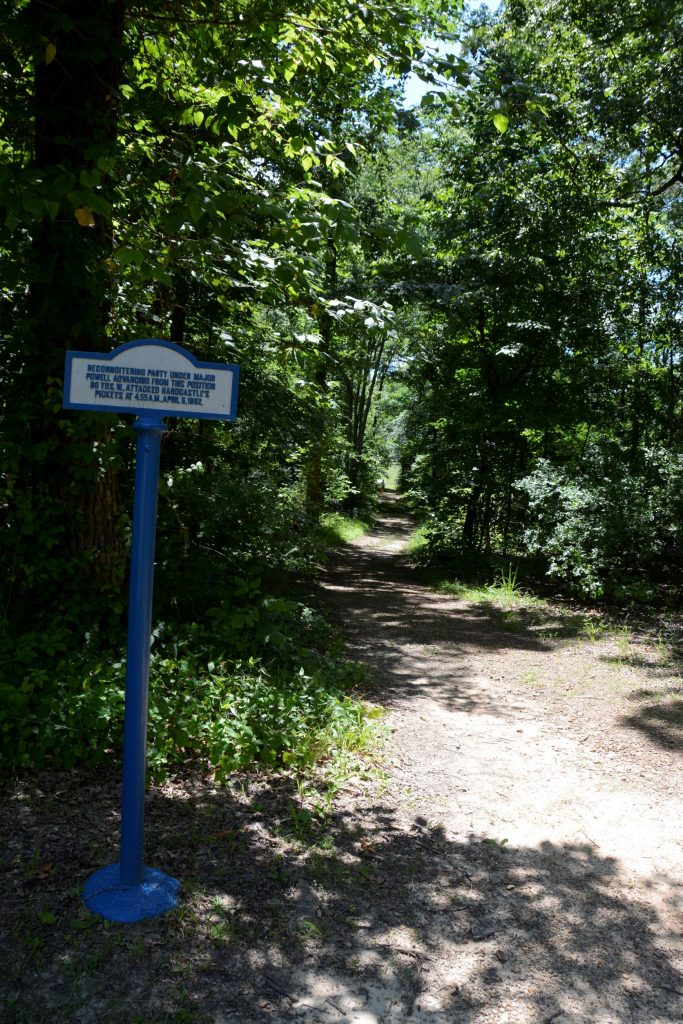
Many beautiful monuments have been erected to honor the armies of both sides. We took a twelve mile self-guided tour on the roads throughout the park. There were many monuments and memorial sites as well as signs with explanations of the battle sites.
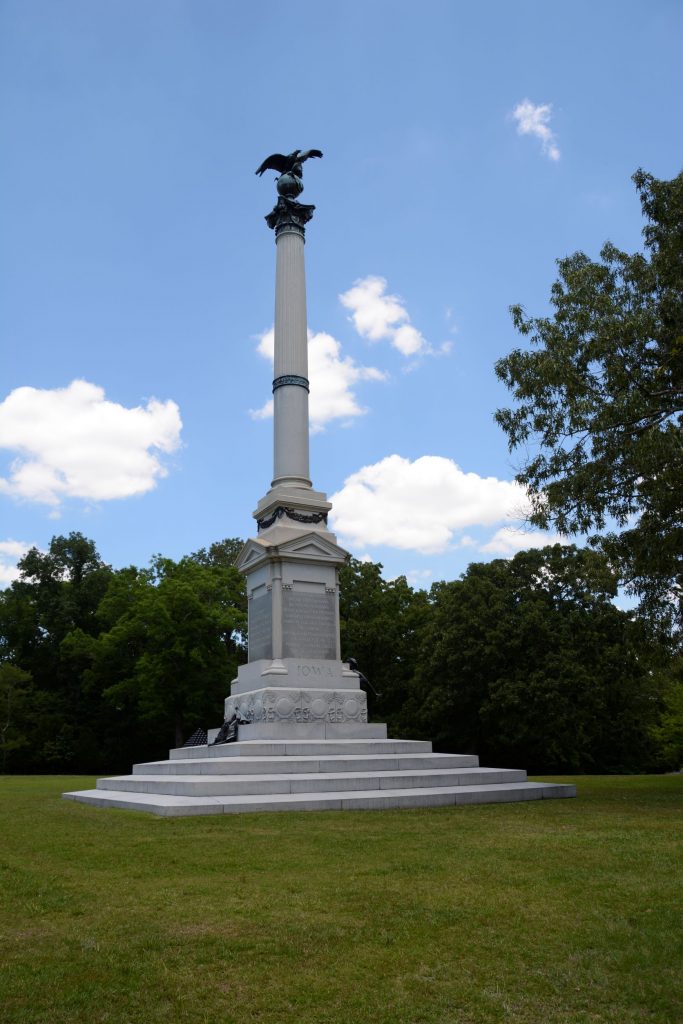
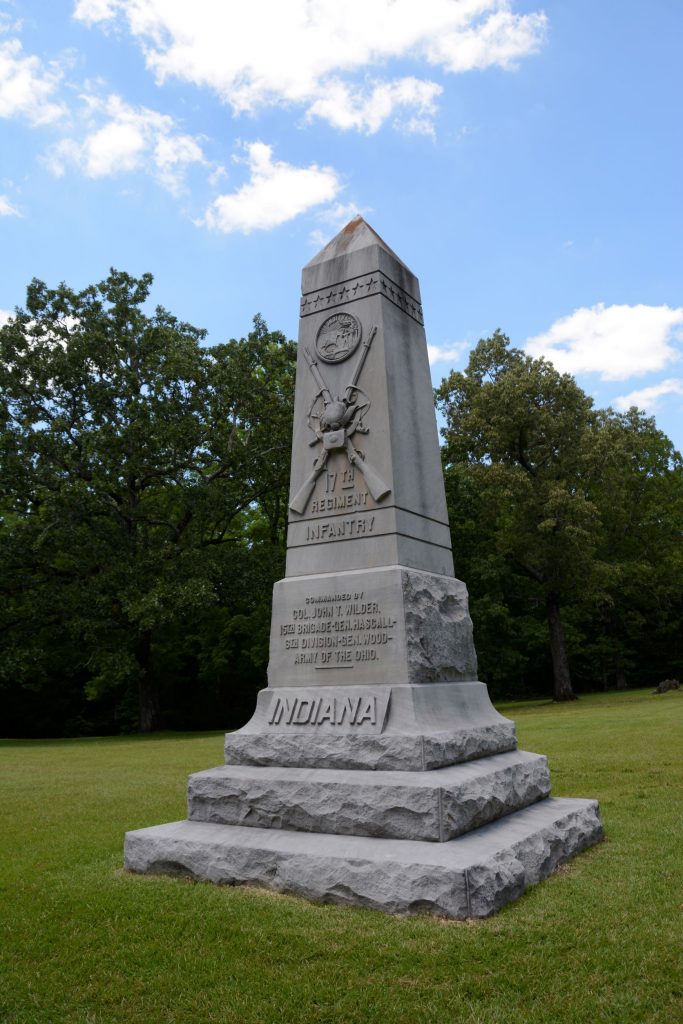
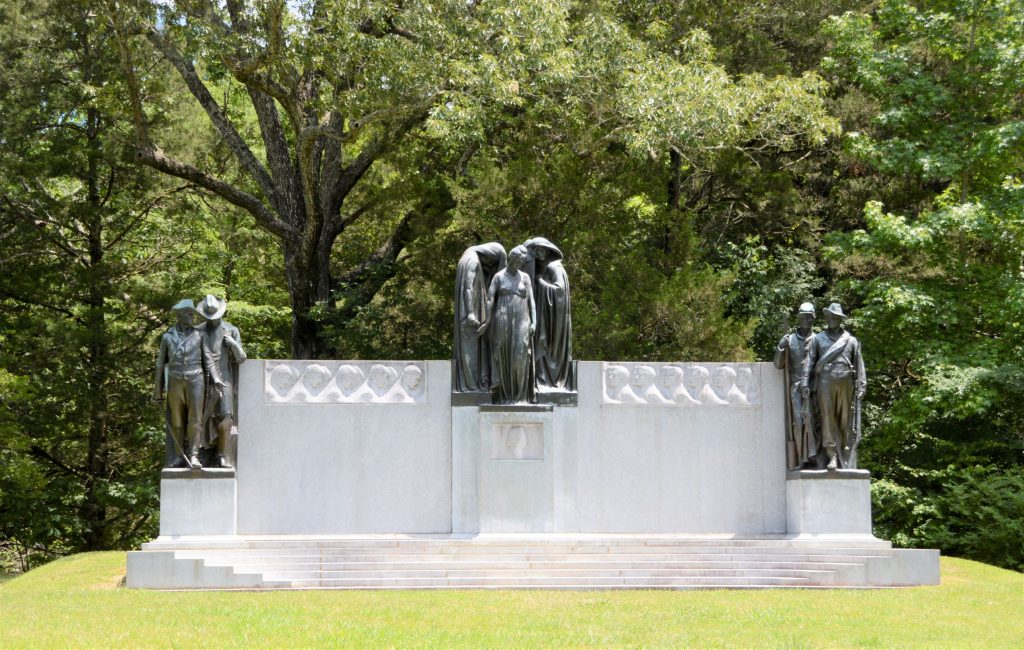
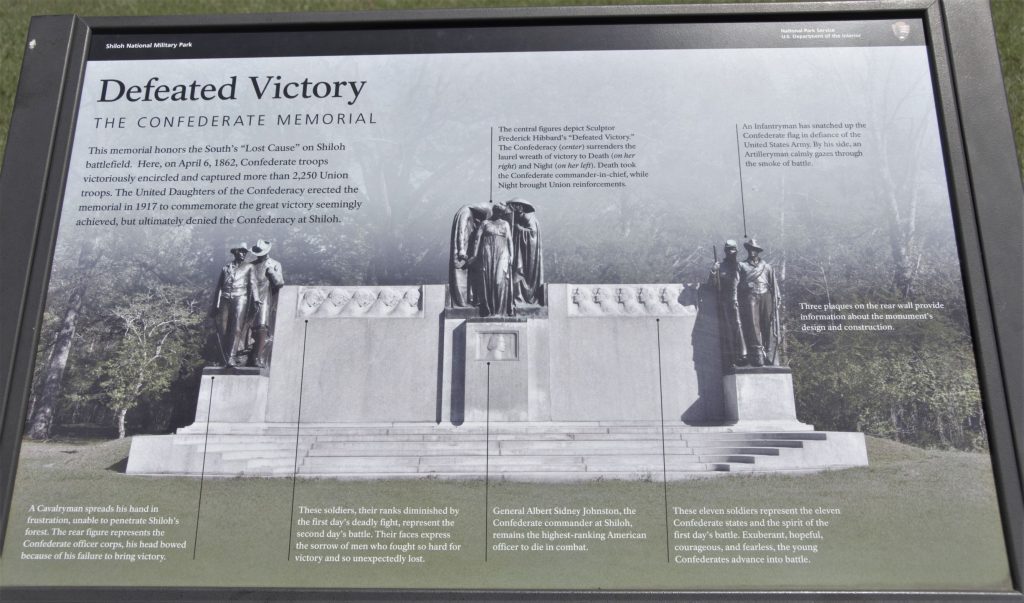
The roads through the battlefield were lined with beautiful trees and park-like vistas.
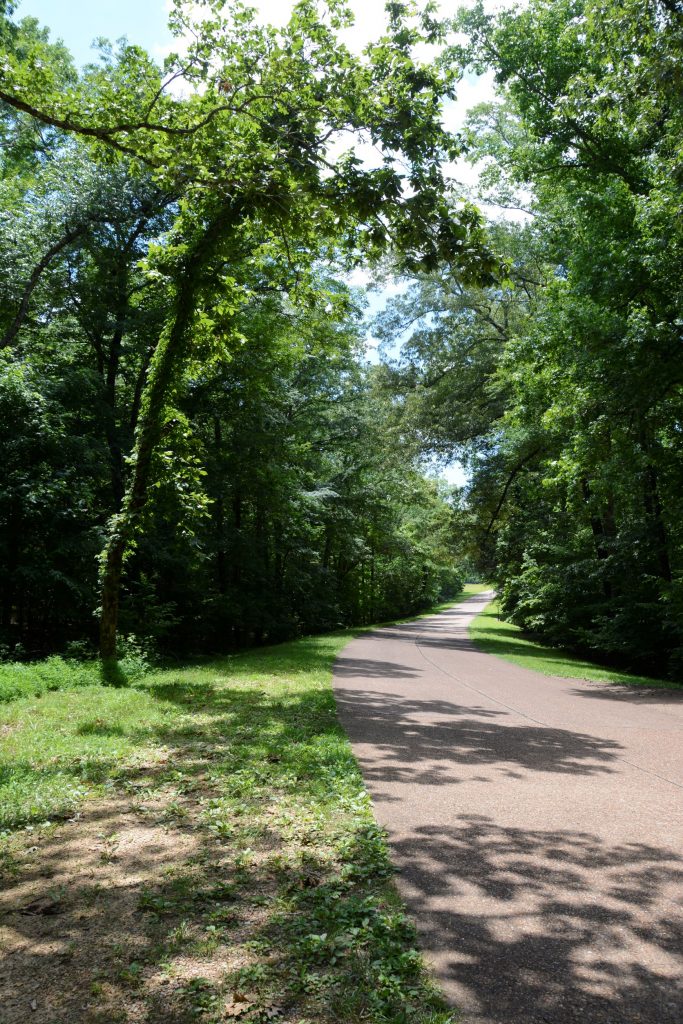
The Confederates amassed more than 50 cannons, the largest concentration of field guns yet witnessed along a half mile frontage, to pound a dense oak thicket in the middle of the battlefield that the Union Army still held.This kept them pinned down while the Confederates surrounded them forcing the Union soldiers to surrender.
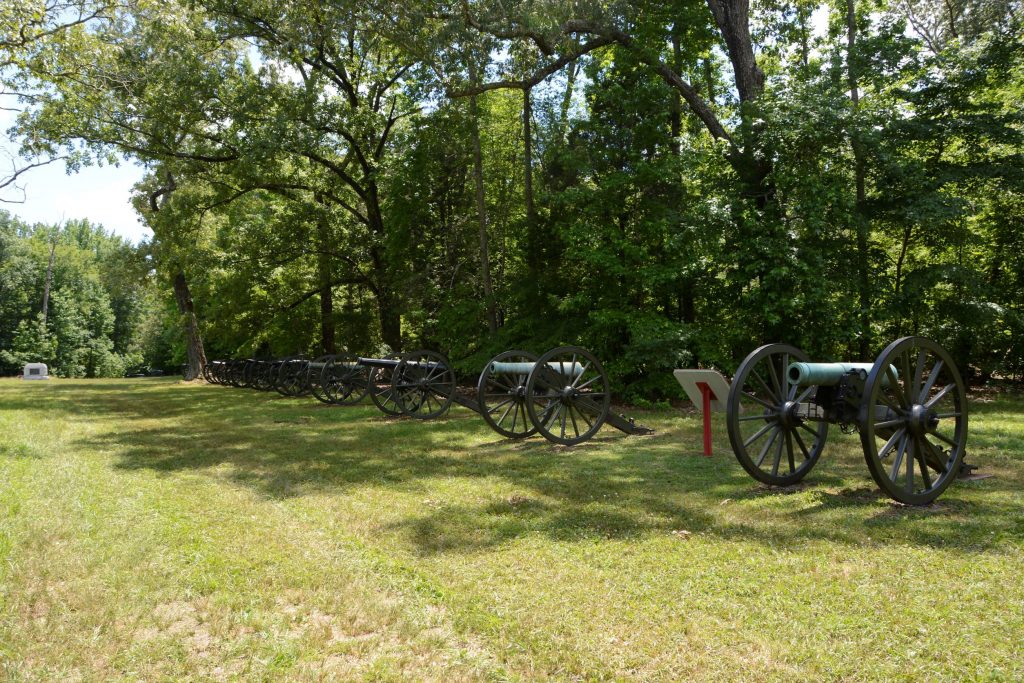
This map shows the troop placements and time of day when the Confederates surrounded part of the Union Army. Some were able to escape, but many were captured.
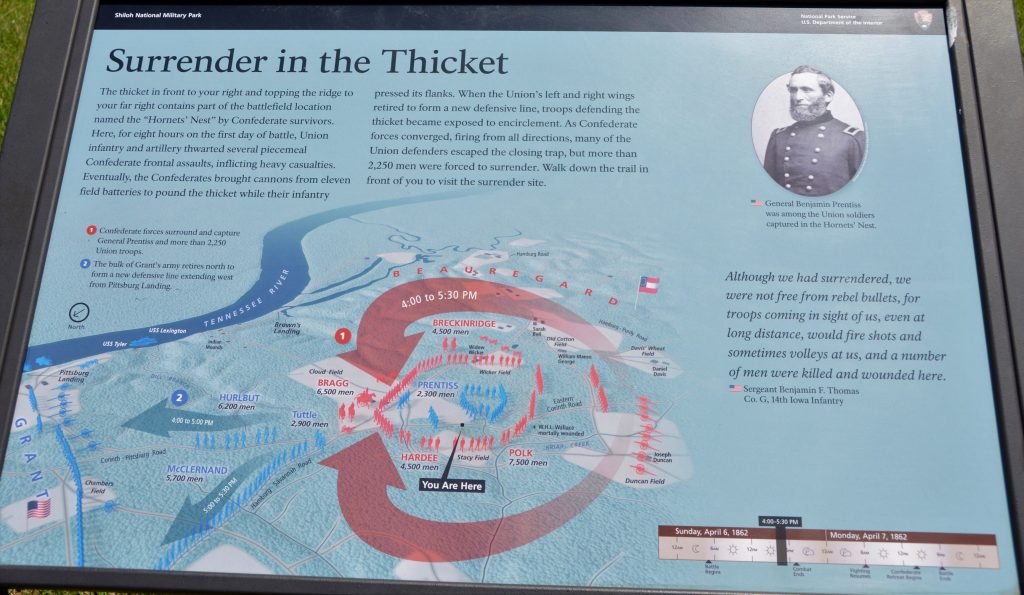
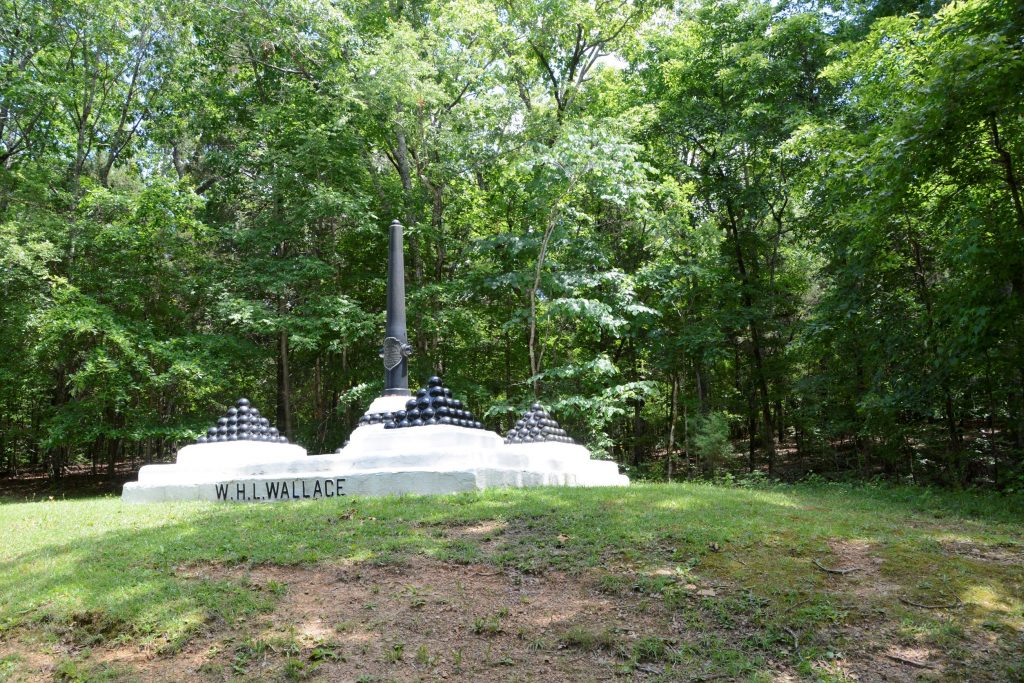
Much of the battle of Shiloh took place on farmland of Joseph Duncan.
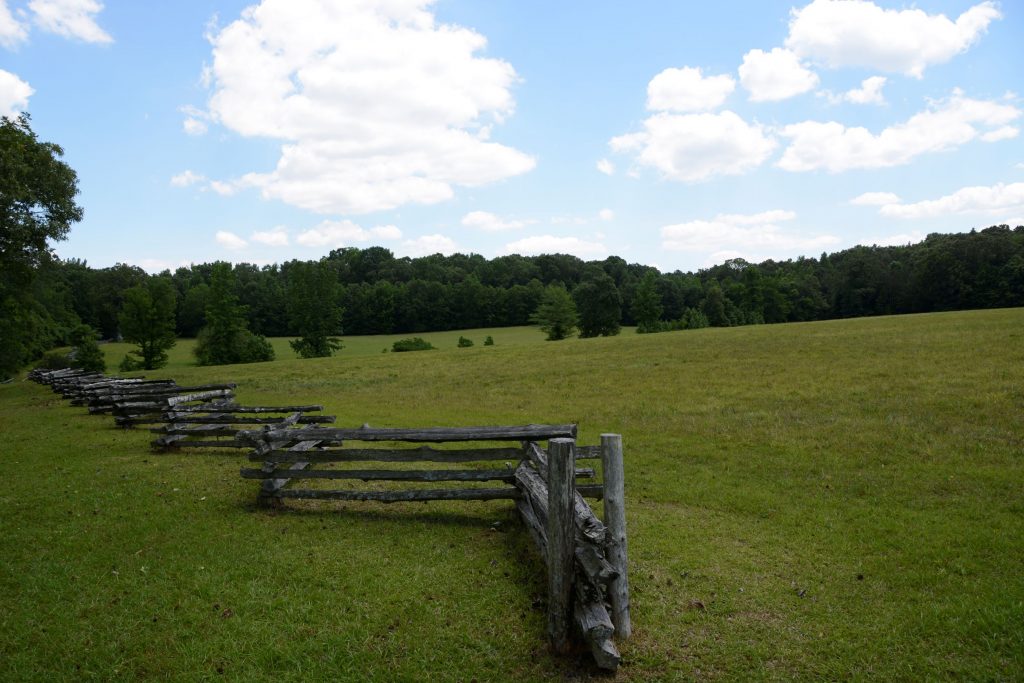
The Sixth Mississippi lost over 300 men in less than an hour.
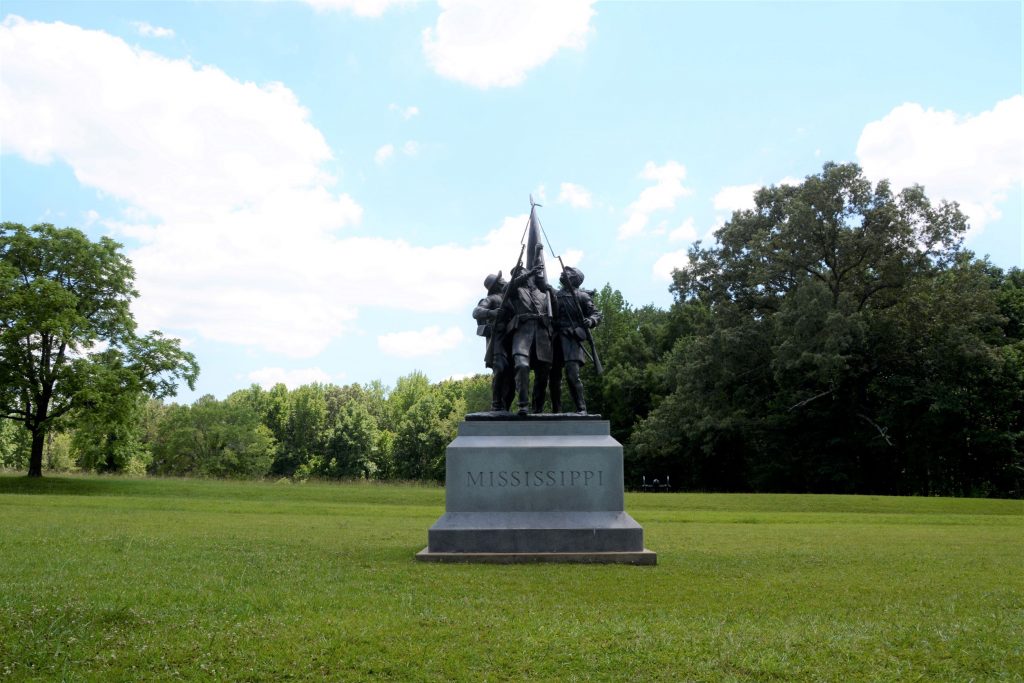
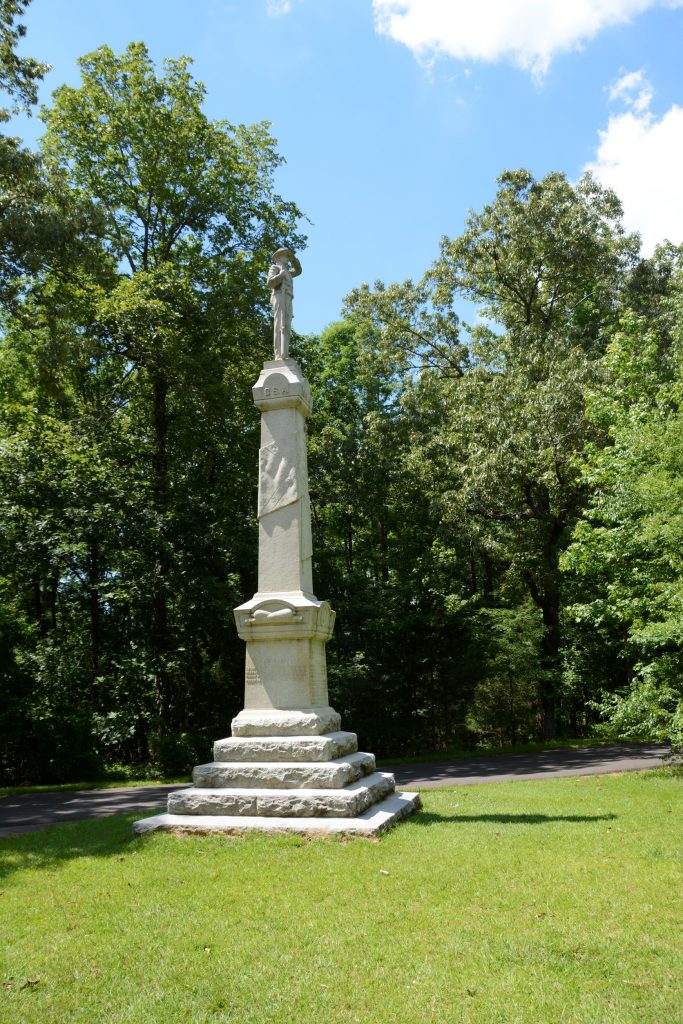
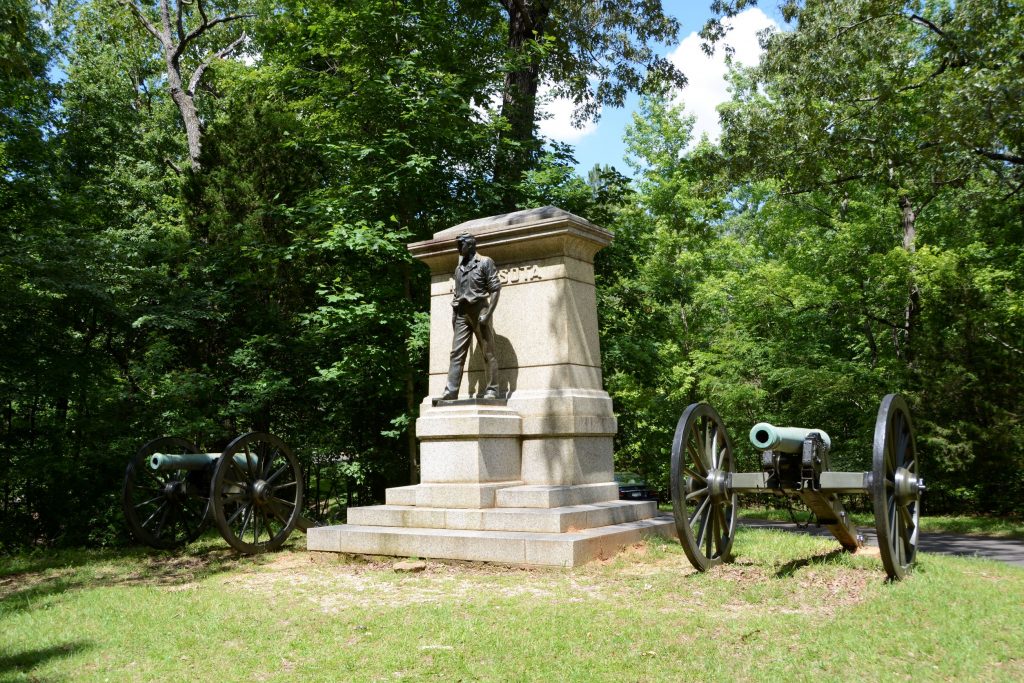
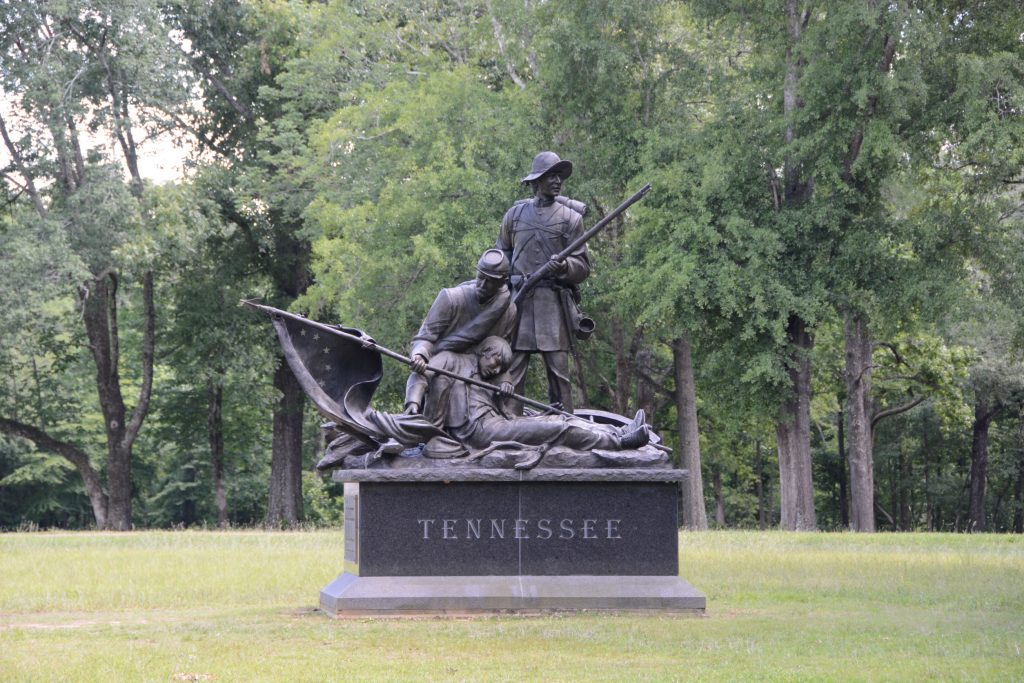
No part of this battlefield was left untouched by the horror of this battle. Mass burial graves were necessary to inter the 3,482 dead. More than 16,000 were wounded and 3,844 were captured or missing. This was the bloodiest battle of the Civil War thus far, and the war was only a year along.
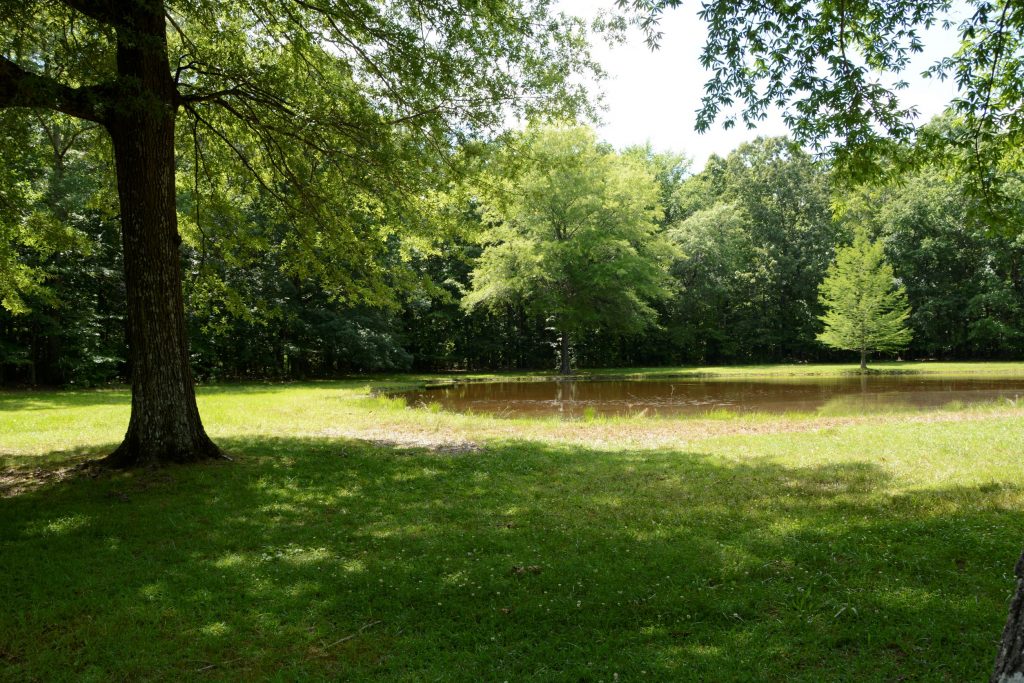
The Civil War was a costly war in terms of humankind. National Military Parks like this help us to appreciate the history of our country and the freedoms we have because of those who went before and paid the price.
It is sobering to think of the cost of freedom. Young men in the prime of their lives were cut off from living so that we can enjoy freedom to live as we do today. We can honor them by supporting parks like this.
